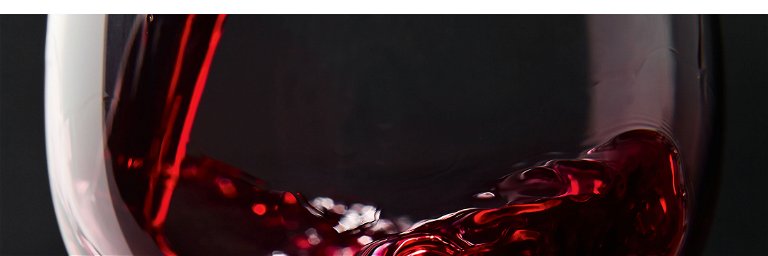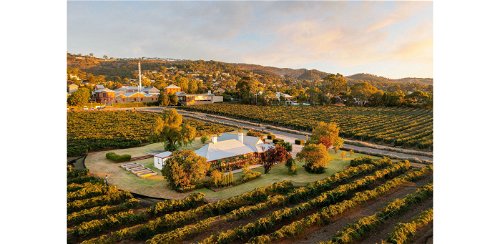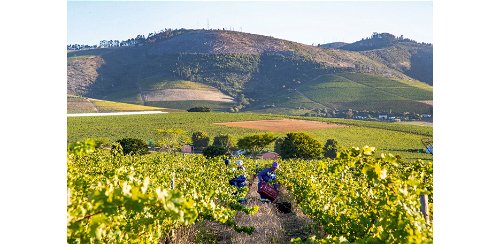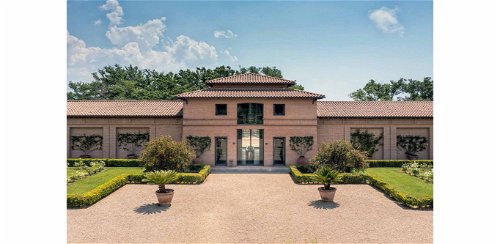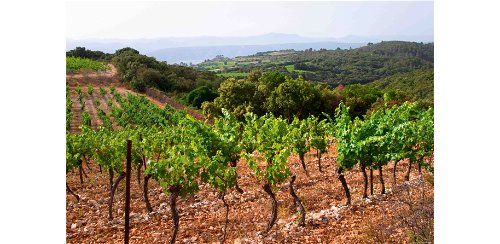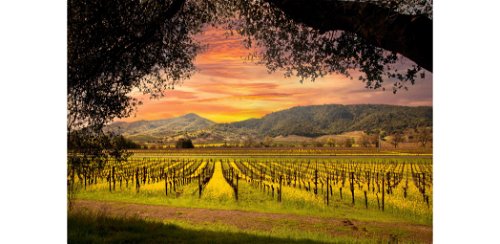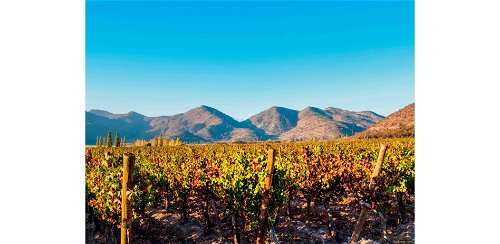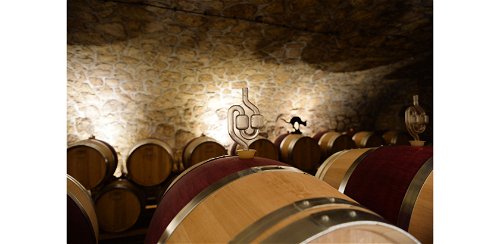World star Cabernet Sauvignon: what the most consumed wine in the world can do
Cabernet Sauvignon originates from Bordeaux, where it forms the basis of numerous world-famous red wines. From here, it spread to all wine-growing regions of the world and is now the most widespread grape variety of all. We have traced its many facets and present some very special representatives.
The success story of Cabernet Sauvignon began in France, where the variety was born from a natural cross between the red Cabernet Franc and the white Sauvignon Blanc. From around the end of the 18th century, it was increasingly planted in the Bordeaux region, where it established itself as a decisive quality factor, particularly in the Médoc and Pessac-Léognan.
Today, Cabernet Sauvignon is the most widely planted vine in the world with more than 310,000 hectares and displaced Merlot from the top spot in the 1990s. This adaptable variety has been imported and planted sooner or later in all wine-growing regions around the globe - with Cabernet Sauvignon always retaining its unmistakable character under different climate, soil and growing conditions.
The variety flowers late and thus escapes the frosts, forms clusters with thick-skinned, small berries, ripens late and benefits from good fall conditions. Typical is a dark colour, a concise fruit of blackcurrants, a good structure thanks to fresh acidity and powerful tannins; components that result in a storable wine with good length.
In cooler conditions and with excessive yields, the variety does not fully ripen. Vegetal nuances and hints of green peppers are then accompanying symptoms. If good conditions allow the grapes to fully ripen, top-class red wines are produced.

Australia
Penfolds Bin 707 Cabernet Sauvignon
The equally famous and great Australian wine producer is primarily known for its Shiraz wines. From the top line is the legendary Grange, which makes the hearts of wine lovers beat faster. For the connoisseurs of the Cabernet Sauvignon scene, however, it is the BIN 707 that causes enthusiasm. Incidentally, this is also the wine from the Icon range that always sells out the fastest. Since its premiere vintage, this single varietal Cabernet Sauvignon, for which the best grapes from different regions are blended, has been the prototype for the Penfolds "House Style": powerful, energetic, spicy and endowed with a wonderful cassis bouquet. Only produced in the best years. Therefore, there is no 2011 or 2017. In emergencies, you can switch to BIN 407.
Penfolds BIN 707 from 450 Euro
Peak vintages: 2021, 2019, 2018, 2016, 2014, 2013, 2008, 2007
penfolds.com
Source of supply: weinco.at, hawesko.de, moevenpick-wein.com
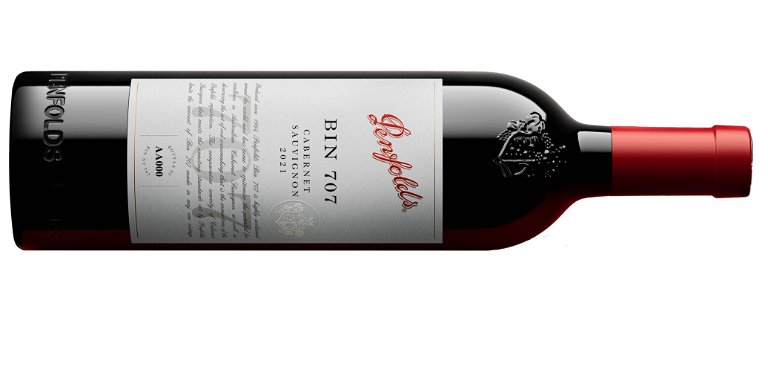
South Africa
Reyneke Reserve Cabernet Sauvignon
The Reyneke wine estate in South Africa, east of Cape Town, is known for its wide range of excellent wines, all of which are organic or certified organic. One of the rarest wines in this range is Reyneke Reserve Cabernet, because this wine is only produced in the best years and is also a selection of the best barrels, which further limits the quantity. After a rigorous selection of grapes, this mineral wine matures for around 20 months in barriques and then rests for a further two years in the bottle before being released for sale. The vineyard was planted in 1994 in a cool, south-east facing vineyard in Polkadraai Hills. The soils here consist of weathered granite, which is heavily intermixed with sand, making it very different from the rest of Stellenbosch. Cellar master Nuschka de Vos conjures up a cool, mineral Cabernet Sauvignon in the bottle, which has the finest tannins and great ageing potential.
Reyneke Reserve approx. 80 Euro
Recommended vintages: 2019, 2017, 2015,
reynekewines.co.za
Sources of supply: store.kapweine.ch, vinumnobile.de
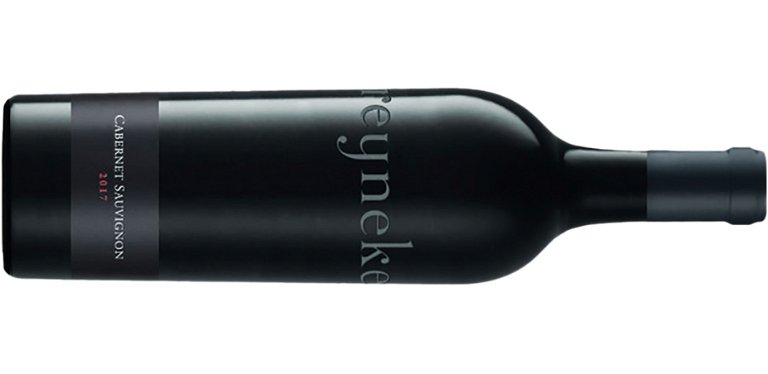
Italy
Sassicaia Bolgheri DOC
Sassicaia has written wine history. This wine not only showed the wine world that Cabernets from Italy can be top class, it also gave rise to an entire wine region that did not exist before: Bolgheri and the entire coast of Tuscany. The first bottles of Sassicaia were produced in the 1940s. Mario Incisa della Rocchetta loved to drink Bordeaux and therefore planted some Cabernet vines in a stony field (hence the name). For many years, this was the house wine at the Tenuta San Guido estate. At the instigation of his nephew Piero Antinori, Incisa bottled a Sassicaia for the first time in 1968. After Mario's death, his son Nicolò Incisa della Rocchetta concentrated on expanding the winery. Tenuta San Guido now has a good 100 hectares of vines, all of them on hillsides; 2018 was the 50th vintage.
Sassicaia
approx. 300 Euro
Top vintages: 2019, 2016, 2015, 2014, 2012, 2009, 2008, 2007, 2001, 1985
tenutasanguido.com
Source of supply: weinco.at, gute-weine.de
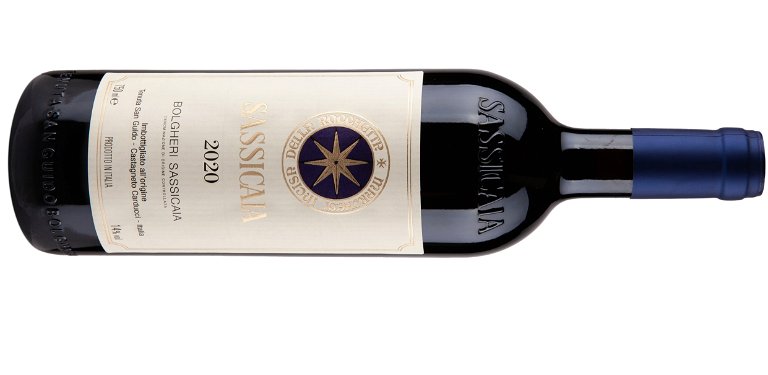
Spain
Mas la Plana Familia Torres
It was in October 1979 when a wine called Gran Coronas swept away the assembled French wine elite at the Gault Millau Wine Olympics in Paris. A Catalan red wine produced by the Torres family, made from 100 percent Bordeaux Cabernet Sauvignon. Since then, the wine, which is now called Mas la Plana, has enjoyed legendary status.
It was first produced in 1970, back then as a blend of Cabernet Sauvignon, Tempranillo and Cabernet Franc. To this day, it is produced in the 29-hectare Mas la Plana vineyard, which is characterised by gravelly and calcareous soils and where the first Cabernet vines were planted in 1966 - at a time when the variety was still a rarity in Spain. This is why Mas la Plana, which is now aged for 18 months in small wooden barrels (85 percent new wood), is also considered one of the oldest wines in Spain made from the Bordeaux grape variety.
Mas la Plana Cabernet Sauvignon approx. 75 Euro
Recommended vintages: 2019, 2018, 2017, 2016, 2008
torres.es
Source of supply: globalwine.ch, hawesko.de, wein-wolf.at

France
Château Latour Premier cru classé
Like its best colleagues in the Médoc, this wine is not quite one hundred percent Cabernet Sauvignon. But there is no doubt that this legendary red wine is so clearly dominated by the variety that it has to be mentioned here. In the Bordeaux region of Pauillac, the proportion of Cabernet Sauvignon, which is now increasingly reaching perfect ripeness, is growing noticeably as a result of climate change. Awarded 100 points by Falstaff En Primeur in the excellent 2022 vintage, the proportion of Cabernet at Latour is exactly 92.45 percent. Château Latour benefits from its direct proximity to the banks of the Gironde and stands for powerful, tannin-rich red wines that consistently outperform its competitors in terms of ageing potential.
A few years ago, the farm was converted to organic and biodynamic cultivation and today shows more finesse than ever. Latour is not available by subscription and is released when it is ready to drink. The last vintage is 2015.
Château Latour from 880 Euro
Peak years: 2022, 2018, 2016, 2010, 2009, 2003, 1990, 1982, 1961, 1959, 1949
Source of supply: Specialised wine trade
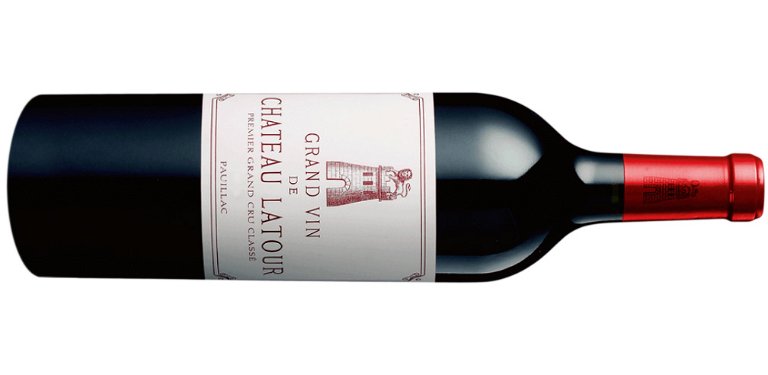
France
Mas de Daumas-Gassac Cuvée Émile Peynaud
The excellent terroir of Mas de Daumas-Gassac lies at around 500 metres above sea level, surrounded by forests in the Upper Gassa Valley in the French Languedoc. Aimé Guibert planted his first vineyard here in 1972. A spicy, complex red wine was produced on these mineral-rich sandstone soils from the 1978 vintage onwards. Under the guidance of the famous Professor Émile Peynaud, the methods of the Premiers Crus of Bordeaux were adopted. In his honour, the "Cuvée Émile Peynaud" was bottled for the first time in 2001 in very limited quantities. This rare, pure Cabernet Sauvignon, which bears the IGP Pays d'Herault designation of origin, is aged for 24 months in barriques - twelve months of which in new wood - and is characterised by great ageing potential. From 2015, 1700 bouteilles and 200 magnums were bottled, making it an exclusive drinking pleasure.
Cuvée Émile Peynaud ca. 280 Euro
Recommended vintages: 2015, 2008, 2007, 2002, 2001
daumas-gassac.com
Sources of supply: masterwine.de, wengler.lu, finerare.eu
USA
Screaming Eagle Napa Valley
Now it's time to dig deep into your pockets. Because this Cabernet Sauvignon from Napa Valley is hard to beat. In 1986, real estate agent Jean Phillips purchased a wonderful piece of land not far from Oakville in California's Napa Valley. She initially sold the grapes from her vineyard to her neighbours. It was the legendary Robert Mondavi who advised her to use part of the land for viticulture. The Cabernet Sauvignon called Screaming Eagle saw the light of day in 1992. The wine, which was only available in very limited quantities and was unfortunately extremely expensive, quickly achieved cult status. In 2006, Phillips sold her estate to the investor Stan Kroenke, who recultivated the vineyards and had a new winery built. With cellar master Nick Gislason, the Eagle has soared to new heights. An unforgettable drinking experience.
Screaming Eagle
from approx. 3,800 euros
Recommended vintages: 2020, 2018, 2016, 2015, 2012, 2010, 2007, 2006, 2003, 2001, 1997, 1995, 1993, 1992
Sources of supply: ungerweine.de, studer-vinothek.ch, arvi.ch, vinpark.ch
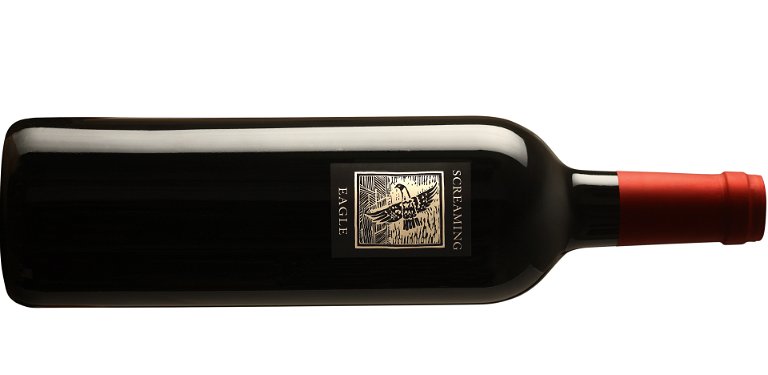
Chile
Santa Rita Casa Real Reserva Especial
Founded in 1880, the Viña Santa Rita winery has long been one of Chile's best-known producers. From the very beginning, the typical Bordeaux grape varieties were used here. It was quickly recognised that the Maipo Valley offers ideal conditions for Cabernet Sauvignon in particular. Today, Santa Rita has several thousand hectares of vineyards, and hand-picked grapes from the oldest vineyard blocks are now used for the Reserva Especial. And so the wine always presents itself as the perfect embodiment of the best that this growing region can offer: intense dark fruit of cassis and blackberries, cedar wood, spice, length and charm.
The wine is strictly limited to around 15,000 bottles, and the Santa Rita Group produces over 110 million bottles in total. In 2021, the Cabernet Sauvignon Casa Real Reserve Especial was included in the international distribution system of La Place Bordeaux.
Santa Rita Casa Real from approx. 90 Euro
Recommended vintages: 2020, 2019, 2017, 2015, 2013
santarita.com
Source of supply: vinorama.at, bacchus-vinothek.de, gerstl.ch
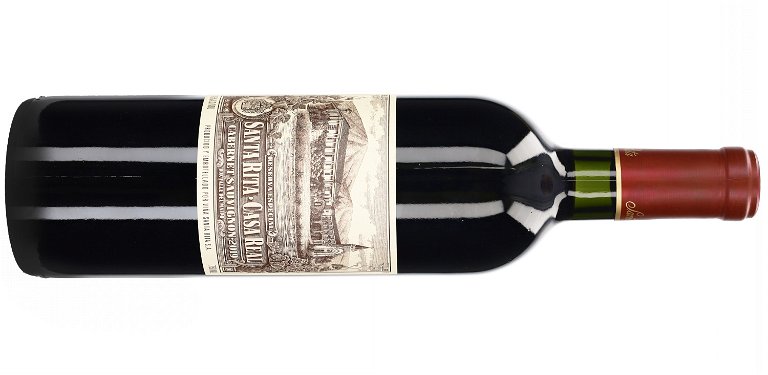
Austria
Kollwentz C
Cabernet Sauvignon
The vines for this Austrian cult Cabernet Sauvignon are located in the Eisenstadt district of Kleinhöflein in the south-east facing vineyard, which enjoys full sunshine from early morning to afternoon. The Leithaberg is famous for its high lime content, which the Blue Franconian loves. The vineyards near Kleinhöflein have significantly lower lime content and are particularly suitable for growing Cabernet Sauvignon. Anton Kollwentz is a pioneer of the variety and the first winegrower to cultivate it in Burgenland. With the 1983 vintage, he took first place in the Falstaff Red Wine Awards, and with the 2018 vintage Andi Kollwentz won 100 points and the overall ranking of the Falstaff Reserve Trophy 2021.
Kollwentz Cabernet Sauvignon 57 Euro
Recommended vintages: 2020, 2019, 2018, 2016, 2011, 2007
kollwentz.at
Source of supply: bremer-weinkolleg.de, moevenpick-wein.com, vinorama.at
